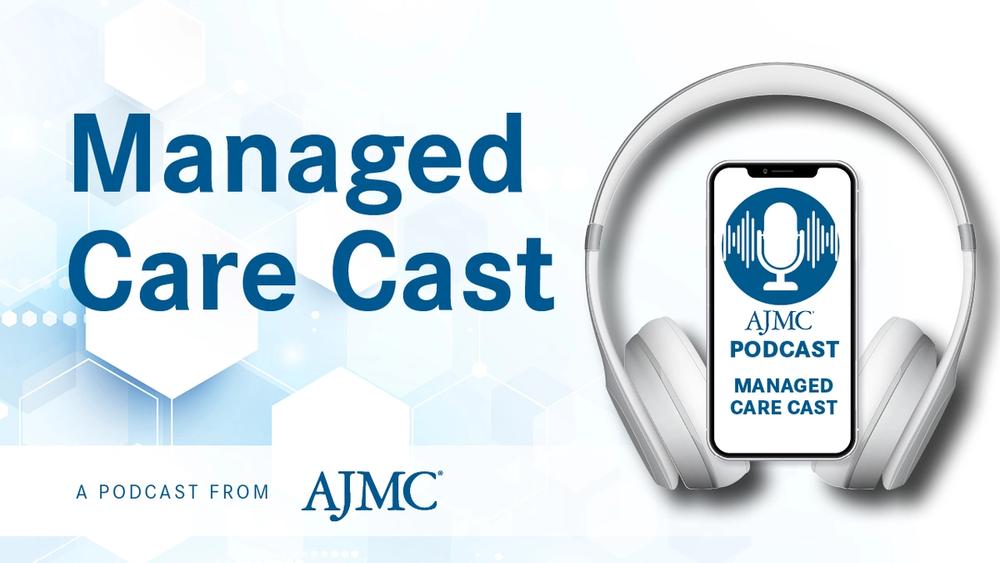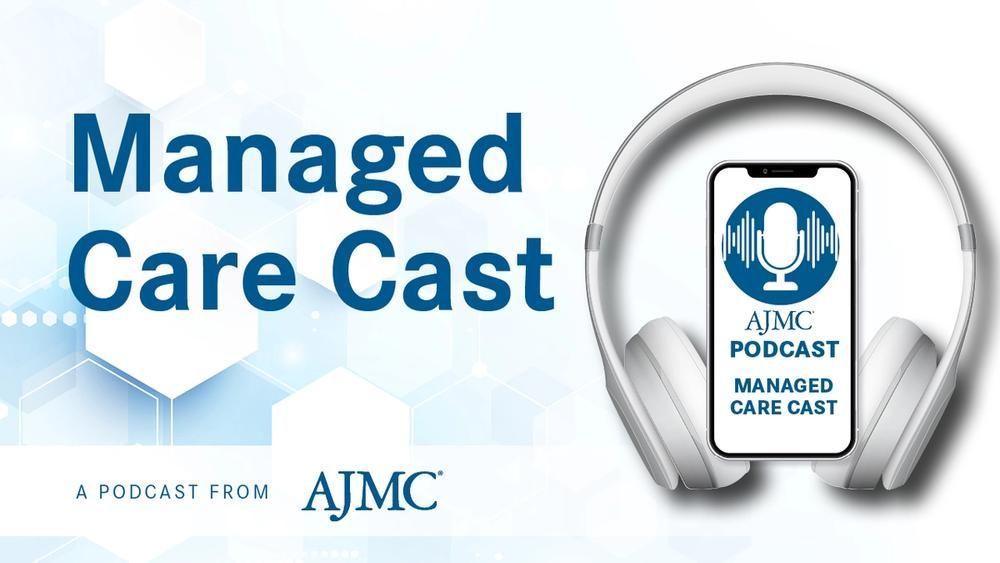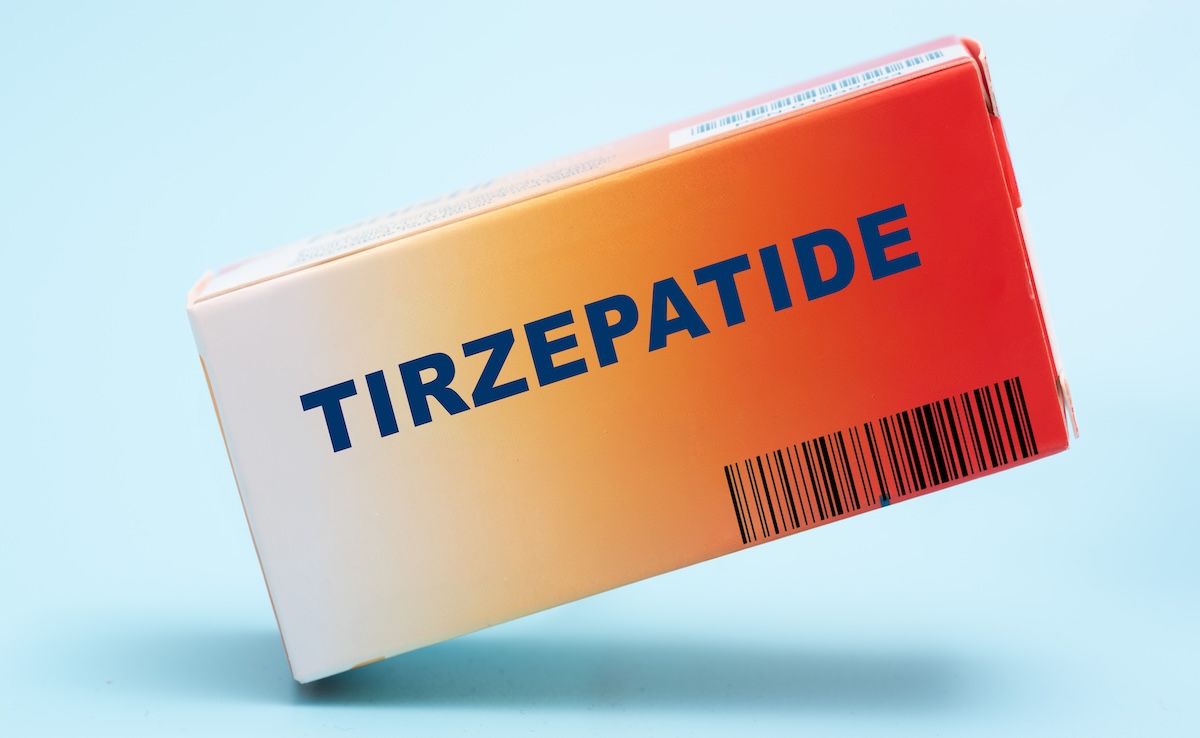News
Article
Abelacimab Shows Potential to Shift the Standard of Care in AFib
Author(s):
Key Takeaways
- Abelacimab showed a 60-70% reduction in bleeding events compared to rivaroxaban, leading to early trial termination.
- The trial's results suggest abelacimab could shift the standard of care by addressing bleeding concerns in anticoagulation.
Results from the AZALEA-TIMI 71 phase 2 trial showed great promise for abelacimab to transform care for high-risk patients with atrial fibrillation.
Following the publication of results from the AZALEA-TIMI 71 trial (NCT04755283), which demonstrated the safety and efficacy of abelacimab as an alternative to direct oral anticoagulants (DOACs), Christian Ruff, MD, MPH, director, general cardiology, Brigham and Women’s Hospital and TIMI Study Group senior investigator, as well as Dan Bloomfield, MD, chief medical officer, Anthos Therapeutics, joined The American Journal of Managed Care® (AJMC®) to discuss how this drug could change the game for high-risk patients with atrial fibrillation and greatly reduce surgical bleeding risks.
Results from the phase 2 trial were so promising that AZALEA-TIMI 71 was halted early. In this final part of their interview, they dive deeper into the reasoning behind this decision and the implications their success has for patients with atrial fibrillation.
This transcript has been lightly edited for clarity.
Transcript
AZALEA-TIMI 71 was stopped early due to an overwhelming reduction in bleeding events. Could you explain the criteria and process for making this decision and what it suggests about abelacimab’s potential to shift the standard of care?
Bloomfield: This was a phase 2 study. Typically, you don't have formal stopping rules in the phase 2 study because you're trying to establish a dose range. So the DMC [data monitoring committee] was left with the decision about how to manage the trial. Since the overall event rate was low, because there are very few events coming from abelacimab— I'm referring to bleeding events—they knew it would take a long time to get all the prespecified events over the course of the trial. And yet, with only half of the events, they had definitive data that there was less bleeding with abelacimab compared to rivaroxaban.
So, when you see a reduction in bleeding as much as 60% to 70%, and you have a P value of .0001 halfway through, you've answered the question, and you begin to wonder, what's the benefit to patients of keeping them in the study? You've already answered the question. The study was already going on for 3 years. Patients get fatigued in studies, and they just didn't see any value going on, and what they wanted to do is give the patients in this study—rivaroxaban or abelacimab—a chance to go on to abelacimab in an open-label extension. And most of the patients, about 80% of the patients that were in the study, chose to go on the open-label extension, including those patients who were on rivaroxaban.
I think the DMC was left with the decision of: we already have an answer. It's gonna take a long time to finish and not learn very much more. And we wanna give patients the chance to get a safer therapy. If you look at the patients who need anticoagulation, about 40% or more are not being anticoagulated. And the main reason for that is because of the fear of bleeding. In addition, there are patients taking low doses of anticoagulants, which are not effective in preventing stroke, and the motivation to give low doses is because of the fear of bleeding. We've now definitively established that there's much less bleeding with abelacimab compared to other agents. And in fact, the rate of bleeding is very similar to the rate of bleeding on no anticoagulant, essentially placebo. So, if you think of how many patients are not being protected for stroke, it's more than 50%, and the main reason is bleeding. We've now solved that problem with abelacimab. That's how it'll affect the standard of care.
Ruff: This is the largest and the longest trial of a factor 11 inhibitor vs a DOAC. And I think the whole premise of factor 11 inhibition is that, due to its biology, it can uncouple, you know, the ability to prevent bad clots from forming and stroke, but not impair the body's ability to heal blood vessels and prevent bleeding. And I think that this really cements the promise of factor 11 inhibition with abelacimab: that it’s remarkably safe, and it's remarkably safe across all sorts of bleeding. And obviously now we pivot to the phase 3 trials in with abelacimab, but actually all of the factor 11 inhibitors that are in late-stage clinical development, that this is a chance to then demonstrate the efficacy of factor 11 inhibition. And so obviously the phase 2 trials are not designed or powered, say, in this case, to test whether you know how effective that abelacimab is in reducing stroke. And that's obviously then the focus of the AZALEA trial, at the [ongoing] LILAC trial, and obviously other trials that are in phase 3 to really demonstrate factor 11 inhibition across the spectrum of thrombosis, and we're studying it in LILAC in atrial fibrillation. Obviously, there are other trials for stroke not due to atrial fibrillation. Abelacimab is also being studied for prevention of venous thromboembolism in cancer patients and other high-risk populations. And so that's really what's needed to translate it to clinical practice, is now to demonstrate the efficacy of these agents, including abelacimab to reduce ischemic events.





